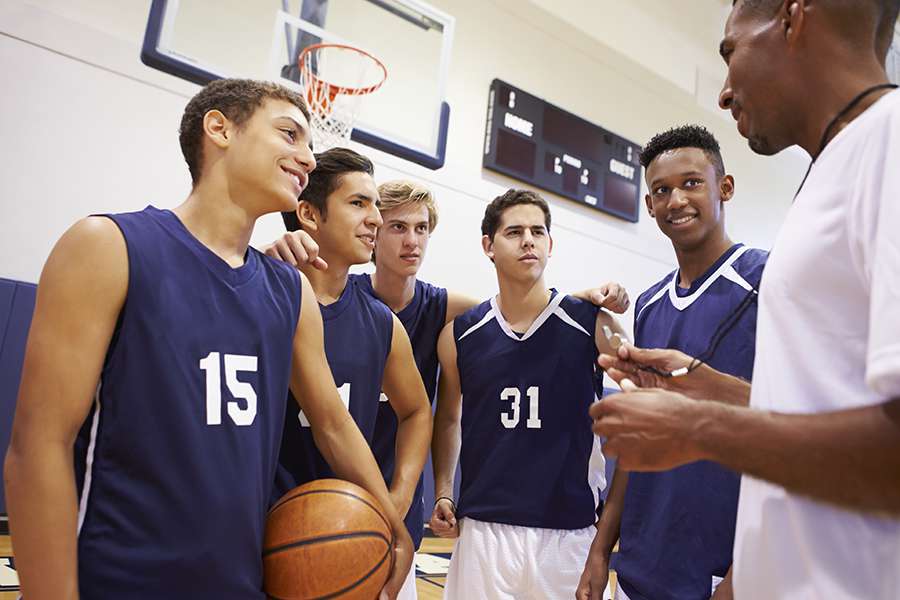Communication with Coaches
Communication is one of the most important aspects of learning and coaching, and therefore communicating with your coach is an essential part of enhancing your performance. Coaches should be respected, trusted, and deferred to for your training. If you don’t feel that you can respect your coach, if you question their suggestions or motives, or if you find yourself seeking second opinions (especially on a regular basis), then you are likely working with the wrong coach. Even if you don’t get along with a coach personally, the elements of trust, respect, and deference to your coach’s judgment are required for you to be able to reach your peak performance. When communicating with a coach it is important to ask yourself if you are adhering to these basics.
Coaches communicate their perception of what is happening with your training. This is usually pretty easy when the communication relates to a particular skill, strategy, or technique. The coach describes the physical aspects involved and helps you to reason about what to do with your body, your position, or your place in the structure of a play or team. The coach’s communication should describe the who (you), what (the skill, strategy, technique), where (on the court, field, mat, etc.), when (in the performance), why (the reason this will make you better), and how (technical instruction). This fundamental guidance from your knowledgeable instructor will lead to greater performance over time.
Communication can become much more complicated, however, when your coach has to deal with emotional or mental aspects of your training and performance. A coach can have unwavering confidence in your ability to execute a particular skill or overcome some adversity, even when you yourself are experiencing feelings of fear or lack of confidence moving forward. In such a situation, athletes will often attempt to please their coach by moving forward even though they don’t feel ready — but this can have poor results. The athlete may balk and not carry through on the action, they may injure themselves, they may avoid it, or they may make excuses that appear strange to the coach. As an athlete, your communication with the coach at such a time is critical. Without knowing what is going on emotionally for you, the coach may perceive your action (or lack thereof) as laziness, lack of motivation, disinterest, etc. — all of which introduce unnecessary conflict into a crucial relationship.
When you can question your confidence in being able to execute something new or discuss your fears openly with a coach, the coach is much more aware of how to communicate with you and will know when to take it slower. The ability to express mental and emotional states of being to one another will allow for greater understanding and empathy, and ultimately better coaching. Working together and having the coach explain why they have so much confidence in your ability, what they have seen in their experiences from past or current athletes working on similar issues, and how they suggest progressing with now-known information is priceless.
Breaking communication down into a simple equation is one of the best ways to help work through these situations. The basic equation allows you and the coach to discuss everything that is going on in each of your minds. The basic equation should follow this paradigm:
I think…
I feel…
I would like…
For example, the coach might explain to you:
“I think that you are ready to move forward with a new skill. It is important to execute this skill for your advancement in your performance and I believe you are ready to take this next step.
“I feel confident in your ability and am excited to see you progress.
“I would like to begin immediately and I have structured our workout today to help us move forward.”
You may reply:
“I think that your perception of my abilities is great and I know that you have a lot of experience working to help athletes gain this new skill.
“I feel, however, afraid that this may be too much for me all at once.
“I would like to take it slower and have you talk me through it immediately, and then we can discuss as we progress when to start with the actual execution of the skill.”
In this example, both parties are well aware of where the other is coming from, what their thoughts, feelings, and desires are, and how to help work together to achieve their common goals. Using the same technique can enhance your communication abilities and help with interactions with coaches (as well as others).
